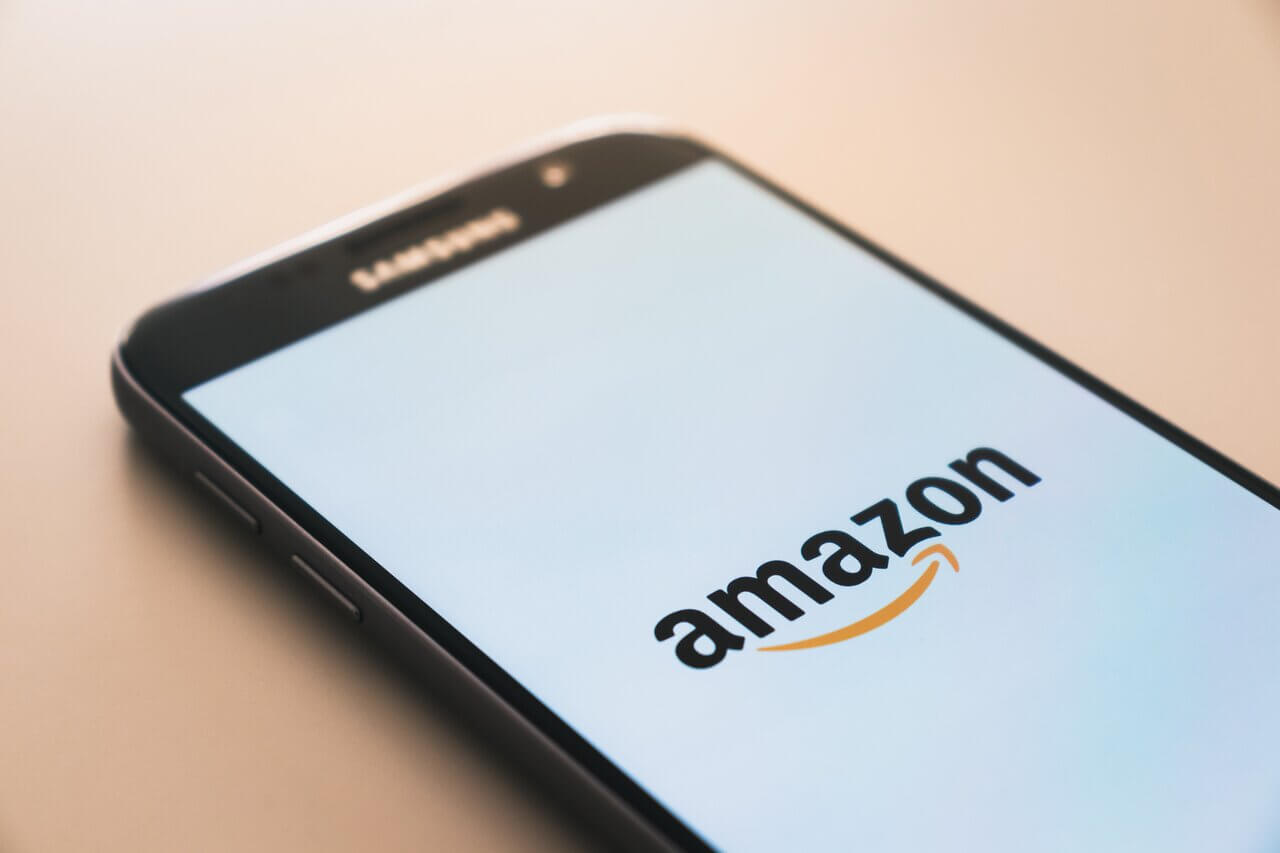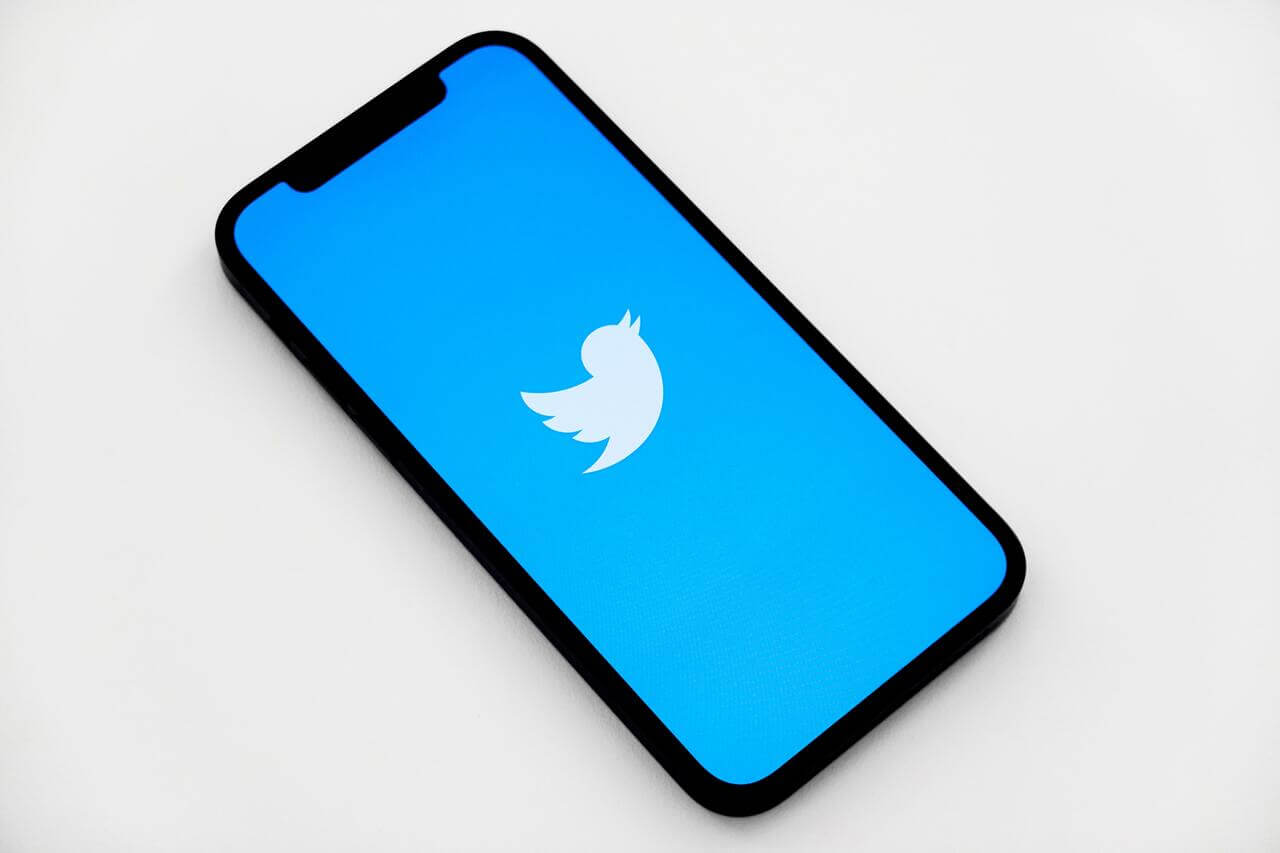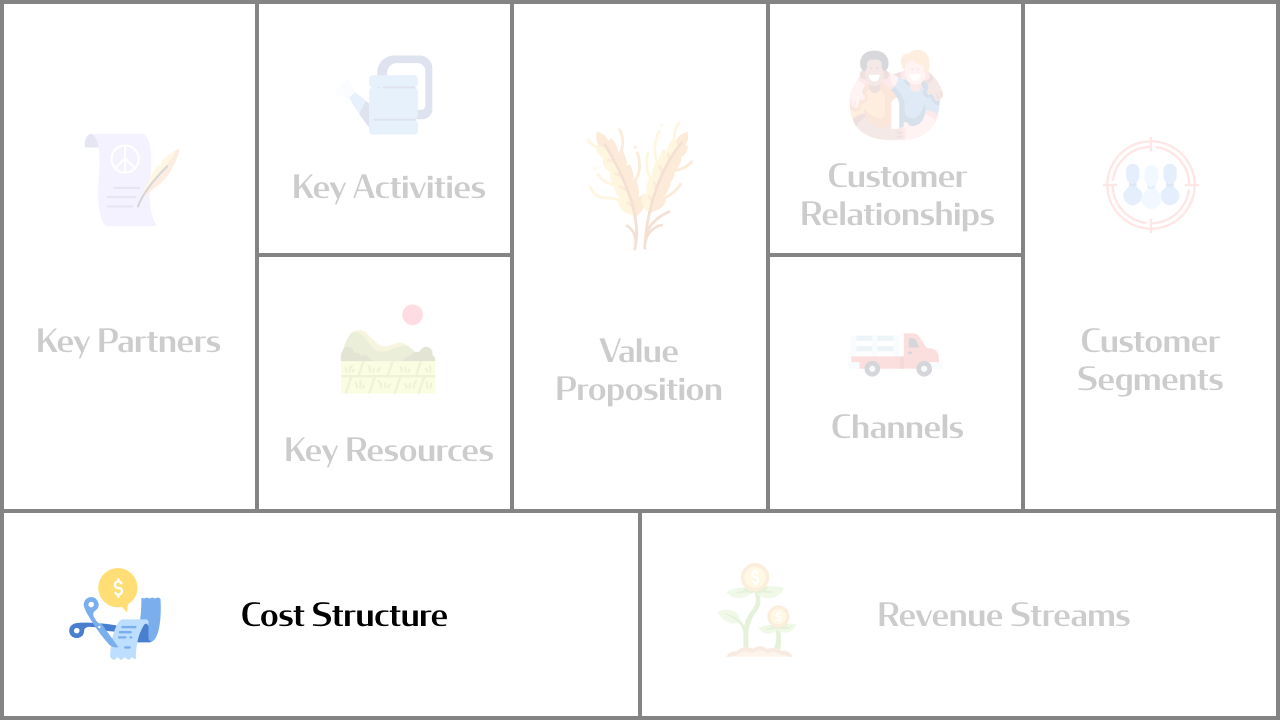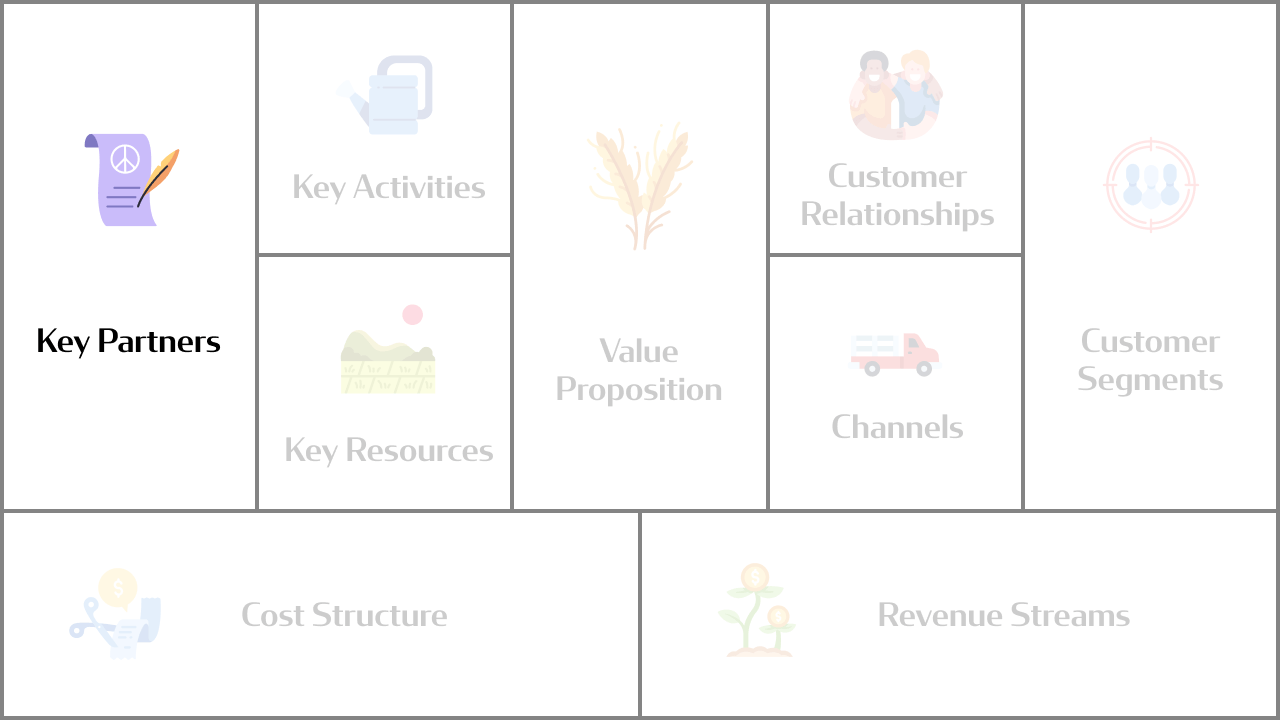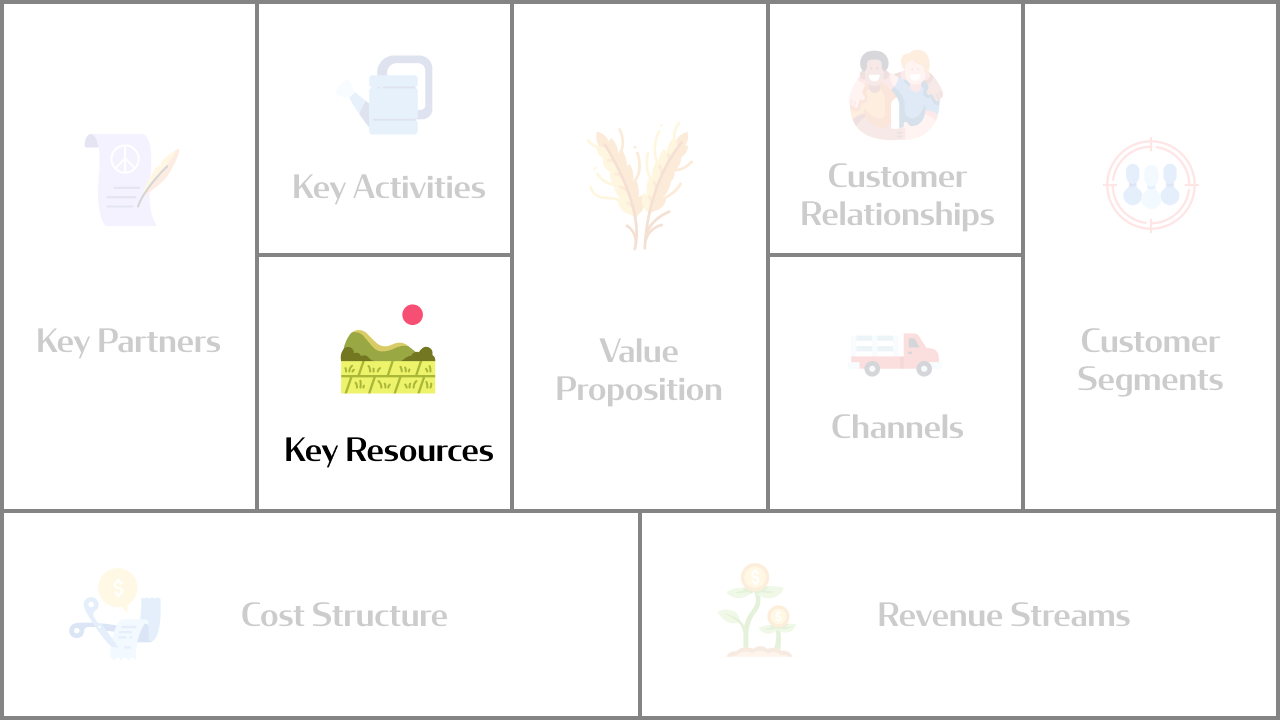Since its inception, LinkedIn has been thought of as the Facebook for professionals and businesses. While Silicon Valley was buzzing with new social media networks, LinkedIn thought of a way to jump on to the wave without recreating what was already out there. That’s how LinkedIn was born.
Today, almost every professional on the planet has a LinkedIn profile, and the same can be said for businesses. This is quite an impressive feat considering the site was only launched almost two decades ago.
As of September 2021, LinkedIn had over 774 million registered members from over 200 countries worldwide. Additionally, LinkedIn’s revenue has been steadily increasing since 2017. In Q3 of 2021, LinkedIn’s revenue was $2.56 billion, making it one of the most profitable businesses in the world.
So how did this company carve out a name for itself in an industry that was seemingly oversaturated? Let’s take a look back at the history of this great social media site.
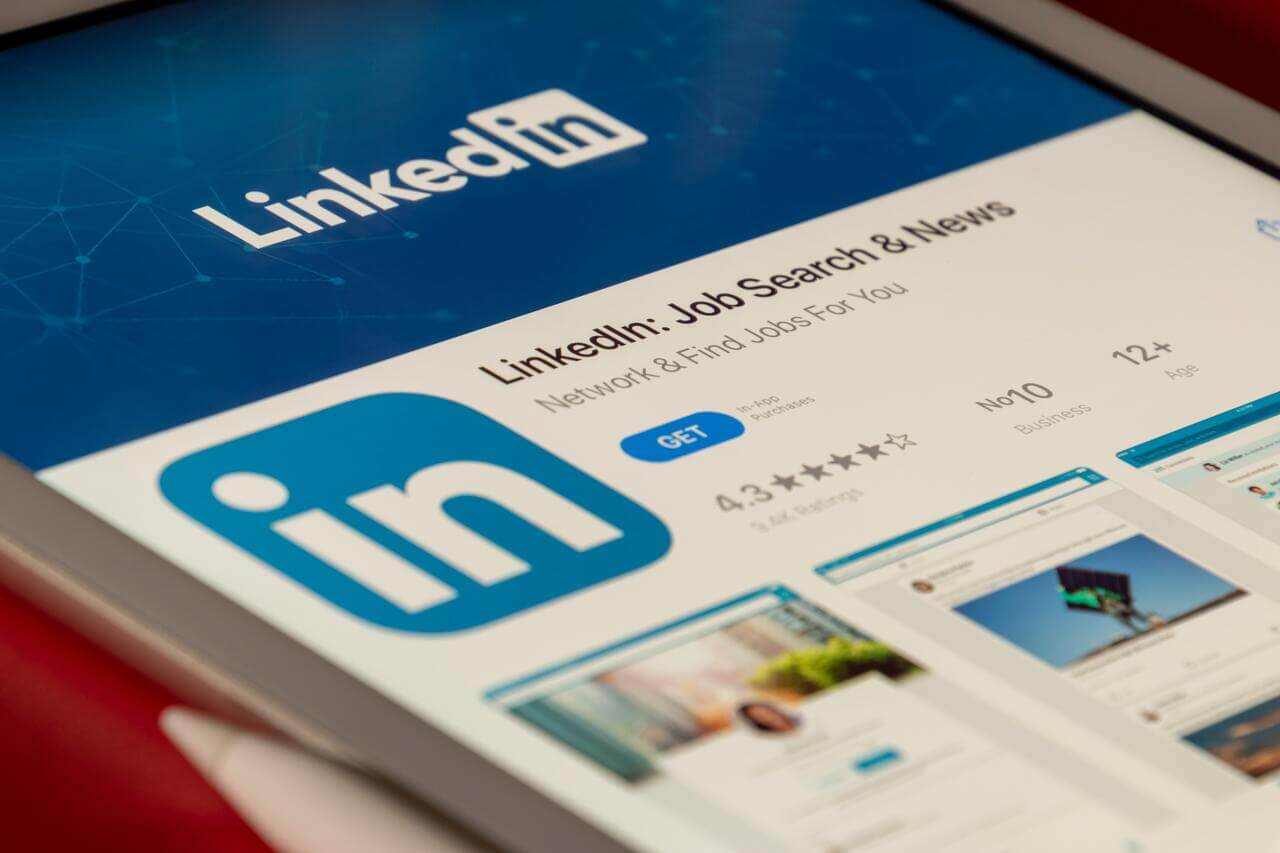
How The Idea of LinkedIn was born
A Brief History about Reid Hoffman
Born in 1957, it was clear that Reid Hoffman was meant to become a Silicon Valley legend from the beginning. He got a paid job as an editor at a video game company called Chaosium in his teens. This prompted a newfound love for the business world, and he asked his parents to send him to a boarding school in Vermont.
Later Hoffman attended Stanford University for his bachelor’s and then the University of Oxford, where he studied a master’s in philosophy. However, he soon realized that academia wasn’t for him, so he moved to Silicon Valley in the mid-1990s to create his own start-up.
He pitched a couple of ideas to investors. Still, because he had no business experience, he had doors shut in his face. Hoffman decided to get a job first, so he networked his way into positions at Apple and Fujitsu.
A couple of years later, he began to raise funding and started one of the first social media networks called Social Net in 1997. Unfortunately, the start-up failed, and Hoffman was ready to start something else.
The following year in 1998, Peter Thiel, an old Stanford University friend of Hoffman’s, convinced him to start a new online paying platform called PayPal. Hoffman joined as a board member and came on full time as the Executive Vice President two years later. By 2002, PayPal had become very profitable and caught the attention of eBay who bought it for $1.5 billion.
2002-2006: The Beginning of LinkedIn
Since childhood, Hoffman had a board game obsession; he enjoyed playing several of them, most notably the Settlers of Catan. This particular game had an economic twist and required a player to assume the role of settlers who trade resources to grow their colonies.
Hoffman believed that games like Catan prompted players to ask specific questions. The most important, however, was, “How much do you build for yourself, how much do you position against other people?
With that mindset, Hoffman was itching for a new venture. He still had a desire to start his own company. Hoffman came up with the idea of a social media networking site but for professionals. With the money he had made from the eBay acquisition of PayPal, Hoffman bankrolled his new venture.
In December 2002, Hoffman partnered with his PayPal and some Silicon Valley colleagues, namely; Allen Blue, Eric Ly, Jean-Luc Vaillant, Lee Hower, Konstantin Guericke, Stephen Beitzel, David Eves, Ian McNish, Yan Pujante, and Chris Saccheri.
There was a challenge; however, the online industry was still reeling from the shock of the dot-com bubble burst in 2000. Many investors were not keen on putting money into another consumer internet venture. There was very little market confidence.
Nevertheless, Silicon Valley was willing to listen to Hoffman. He now had a proven track record as he had served as a board member of PayPal, eBay, and Google. LinkedIn managed to raise $4.7 million in a Series A round of funding led by Sequoia Capital.
2003: Getting LinkedIn off the Ground
Naturally, Hoffman realized that he had to build a flawless system to overcome this skepticism by investors and consumers alike. Hoffman set to work, building a team of engineers and software developers.
First, he hired Chris Saccheri, whom he put in charge of developing a flawless website; Saccheri worked closely with Yan Pujante, a well-known web developer. Next, he hired Ian McNish and Stephen Beitzel, both software engineers. They were tasked with building the network and data centers that would eventually support the millions of people who would become LinkedIn users.
They all worked out of Hoffman’s apartment, without any prototypes or any company-owned or operated computers. Additionally, they were trying to penetrate a market that had no clearly defined parameters. It was a pretty tall order. Nevertheless, the small team was up to the task.
Just Winging It
At this point, the company still hadn’t developed a proper business model. In fact, they were really winging it at this point. There was no clear direction about where the company was going and how it would get there.
Oddly, that was by design. Hoffman believed that a business should always be in permanent beta, continually evolving, adjusting, and improving. And that is how the team worked out the kinks in the website until they developed a nearly flawless system. They were ready for launch now.
Creating Some Buzz
Hoffman didn’t want publicity at the start; he knew that the website had a long way to go before it functioned smoothly. He did not want to promote it until it was more solid.
After assembling the tech equivalent of the dream team, the LinkedIn site was stealthily launched on 5 May 2003. The hope was to create a bit of excitement about the site. But things didn’t go as planned.
The internet journalists and bloggers Hoffman was relying on to generate some buzz did not like LinkedIn. They were unhappy with the privacy controls and with the idea of separating an individual’s personal and professional life. Most felt that it was a cheap imitation of a social site and was less attractive and fun.
Fortunately, it wasn’t all of them that felt that way. Rafe Needleman, an editor of an online magazine called Redherring.com, had an email and Web column titled “Catch of the Day” read by more than one hundred thousand people. He featured LinkedIn in one of his columns and convinced a few more people to take a look at the site.
The site attracted only 2,500 users during the first week. The best publicity came from these early adopters who told people in their network about the site. By the end of May, 4,500 people were using LinkedIn. Some users had even found new jobs through their contacts on the site.
However, while these numbers are pretty impressive, they were a far cry from the users that the dominant social media platform Friendstar was pulling. The target market was simply not joining the site fast enough; it seems the service was not as appealing to modern professionals.
2004-2005: Re-strategizing & Some Competition at Launch
Realizing that he was heading for another failed start-up, Hoffman sat down with his team to try and find a solution. They came up with two ideas. The first was to figure out what was wrong with the site by conducting surveys. However, Hoffman didn’t want to conduct the standard online internet surveys. He strongly felt that they were highly impersonal.
Instead, he wanted to hear firsthand how LinkedIn users rated their experience on the site. If a user had an issue with the service, Hoffman wanted to ask questions to get to the root cause of the problem. Hoffman created a system where team members sought out users to have lunch with them and share their LinkedIn experience. This allowed the LinkedIn team to get a sense of what their customer segment liked and disliked.
The second idea was to integrate the site with Google’s email address book. This allowed users to upload their entire email address book to see which of their friends had joined.
So now, instead of users feeling isolated trying to network with a bunch of strangers, they had people they knew personally on the site. It created a safe, professional network for the users such that more and more people began to join. Soon hundreds of thousands of professionals in the United States were joining LinkedIn.
The company had developed a clear value proposition, and the message was clear. If you were a professional eager to network and found new ways of doing business, LinkedIn was the place to be.
The following year in 2005, LinkedIn introduced groups, a premium subscription service aimed at users such as recruiters, analysts, and researchers. This new product allowed users to start building communities.
In August 2005, LinkedIn launched a premium subscription service named LinkedIn Business Accounts, which gave businesses access to more powerful search tools. They even negotiated a partnership with American Express to promote its offerings to its clients.
Hoffman realized that he needed to increase the company’s bottom line fast. Hence, in November 2005, LinkedIn launched two more subscription offerings: Pro and Personal Plus. Pro accounts were aimed as an upgrade path for recruiters, researchers, and other existing Business account holders.
On the other hand, Personal Plus accounts were meant to enhance the value of LinkedIn for service providers, networkers, and job seekers. These strategic moves started to broaden its appeal and took membership up to 4 million users at the end of the year.
LinkedIn vs. Viadeo
Some mild competition arrived on the scene in May 2004 in the form of Viadeo. This French company launched a social networking site for business owners, entrepreneurs, and managers. This meant that LinkedIn would not be able to penetrate the French and European markets quite easily.
But that didn’t do much to deter LinkedIn’s growth in the U.S, which was steadily growing.
LinkedIn’s Business Model Canvas: The Early Days
At this point, LinkedIn’s Business Model Canvas looked like this:
Value Proposition
- Social network platform where professionals can find and list jobs
Customer Segments
- Businesses
- Recruiters
- Service providers
- Individual professionals
Customer Relationships
- Personal Surveys
Channels
- Online blogs
- Word of mouth
- Importing Google Contacts
Revenue streams
- Subscriptions
Key activities
- Looking for investors
- Building the website
Key resources
- Employees (software engineers and web developers)
- Money to invest in software and website development
Key partners
- Investors
- American Express
Cost structures
- Employees
- Website development & management
- Survey lunches
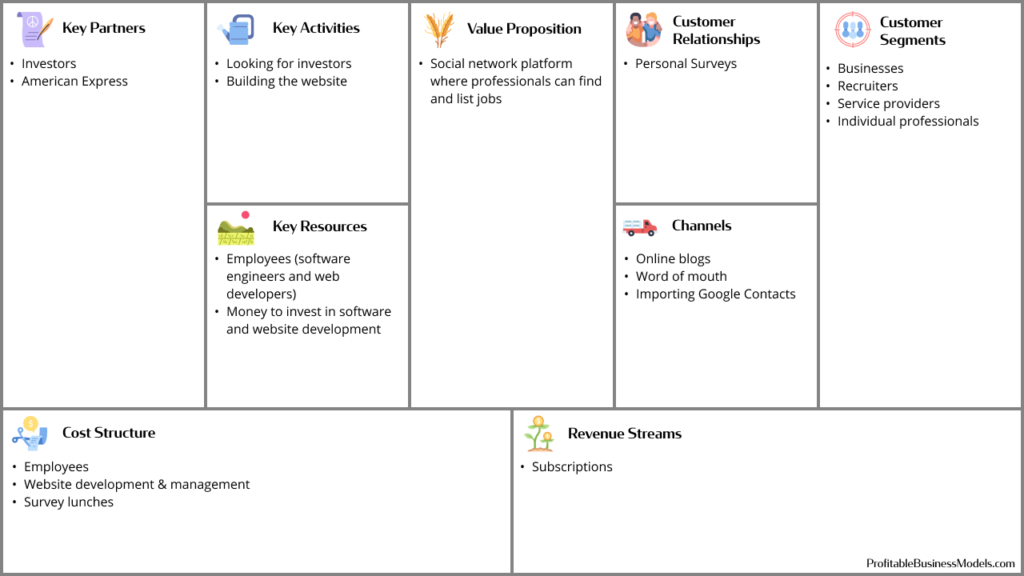
2006-2009: Moving Towards and Beyond Profitability
LinkedIn had managed to increase its user numbers and gain traction within the professional industry; the next step for the company was to find a way to become profitable. The first step towards that was the creation of LinkedIn Jobs.
This service was a way to combine online job listings with its recommendation engine. The LinkedIn Jobs service set itself apart from other job boards like Monster, HotJobs, and CareerBuilder by utilizing its LinkedInsight feature. This feature allowed hiring managers to assess a candidate’s viability through relationships, references, and reputation.
In March of 2006, LinkedIn achieved its first profitable month. Having generated revenue from recruiters who paid money to list their vacancies on LinkedIn Jobs.
In February 2007, Dan Nye replaced Hoffman as CEO while Hoffman took the role of chairman. Under Nye, the company continued to launch different products aimed at enhancing the user experience. They released their “who’s been viewing your profile” feature in May 2007. That was followed by the release of the mobile version of the site in February 2008. Lastly, they launched the “People You May Know” feature to help users connect easily with each other.
Finding Funding and More Platform Development
In June 2008, LinkedIn sought funding from Sequoia Capital, Greylock Partners, and other venture capital firms. This led to the company selling a 5% stake in the company for $53 million, giving it a post-money valuation of approximately $1 billion. They now had the money to continue developing the site, but it wasn’t enough.
As a last-ditch effort to make the company more profitable, they launched targeted advertising on the platform in September 2008. This permitted advertisers to target specific sections of LinkedIn users based on the information in their profiles.
In October 2008, LinkedIn launched an applications platform that integrated other online services with the site. These services could be embedded within a member’s profile page. Among the initial online service apps was the Amazon Reading List that allowed LinkedIn members to display books they were reading.
There was also a connection to Tripit, Six Apart, WordPress, and TypePad applications. These apps gave LinkedIn users the ability to display their latest blog postings within their LinkedIn profile.
2008 ended with LinkedIn having gained 17 million users. And after several years of expansion within the United States, the company took its first steps toward becoming a global social network.
LinkedIn opened an office in Britain and introduced versions of its site in different languages (French and Spanish). It was apparent that LinkedIn had become the top professional networking site in the U.S and parts of Europe.
The company closed off the decade with a change in leadership that proved to be crucial for growth both domestically and internationally. Jeff Weiner took the lead as CEO in January 2009. He went on an acquisition spree to establish and maintain the profitability and dominance of the site. In December, the company set up an office in India, citing that 50% of their user database was international.
LinkedIn’s Business Model Canvas: Establishing Profitability
At this point, LinkedIn’s Business Model Canvas looked like this:
Value Proposition
- Publishing Platform
- Networking and Job Hunting Platform
Customer Segments
- Advertisers
- Recruiters & Hiring Managers
- Individual users
Customer Relationships
Channels
- Website and app
Revenue streams
- Selling subscriptions and advertising space
Key activities
- Expansion into other countries
- Finding more funding
- Launching more site features
Key resources
- Employees
Key partners
- Third-party online services (Amazon, WordPress, etc.)
Cost structures
- Costs of opening offices around the world
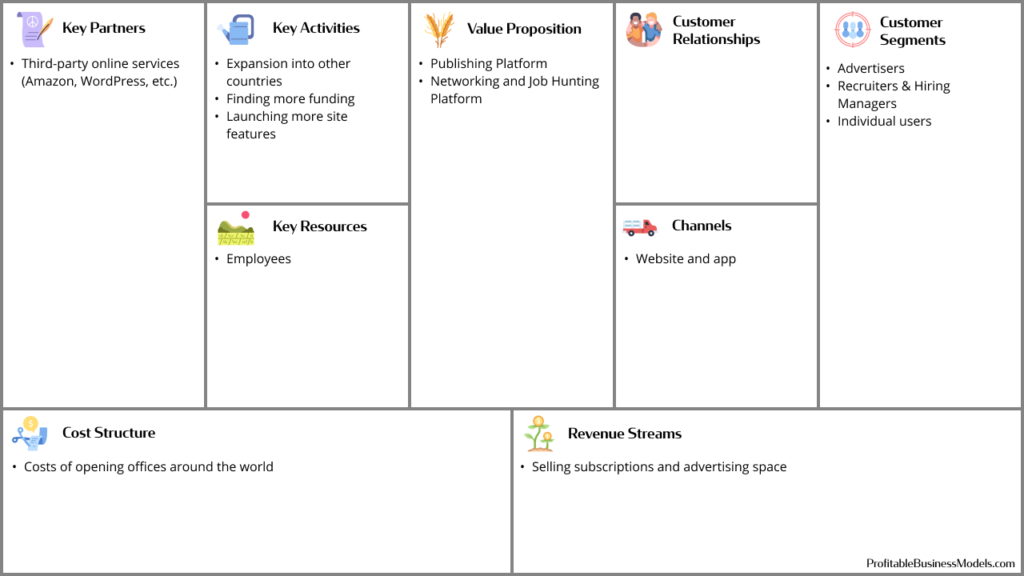
2010-Present: Going Public, Expansion, and Dominance
2010: Going Global & Some Key Acquisitions
LinkedIn entered 2010 with over 85 million members and more than 1,000 workers. In March, the company opened its International Headquarters in Dublin, Ireland. They also received a $20 million investment from Tiger Global Management LLC at a valuation of about $2 billion.
Weiner then went on to acquire a few key companies. The first was MSpoke, a small start-up that worked on making content more relevant through recommendation technology. LinkedIn was planning on using this recommendation technology to present LinkedIn users with relevant content. The algorithm would pick out personalized updates and news and what executives in similar careers read and do on the network.
In September, LinkedIn made its second acquisition by purchasing ChoiceVendor for $3.9 million. This start-up provided ratings and reviews of B2B service providers in more than 70 categories across the United States. It seems that LinkedIn purchased this start-up mainly for the team, with Weiner stating that;
Our acquisition of ChoiceVendor is right in line with our top priority to build a world-class team at LinkedIn. We’ve admired the work that Yan-David, Rama, and the talented ChoiceVendor team have done for some time now and are excited to have them join us, especially given their highly relevant work experience.
2011: Going Public
LinkedIn went public in May 2011 for $45 per share. Things got very serious, and the company even hosted a town hall meeting with Barack Obama, who was the sitting president at that time. By the end of the first trade, LinkedIn shares had risen as much as 171%.
The closing share price was $94.25, more than 109% above the IPO price, making it a pretty successful IPO.
Two months later, LinkedIn launched a new plugin feature allowing companies to include an “Apply with LinkedIn” button on job listing pages. The new feature allowed potential employees to apply for positions using their LinkedIn profiles as resumes.
The company also made a few exciting acquisitions;
- LinkedIn purchased CardMunch, a business card scanning application that accurately converts them into phone contacts, for $1.7 million in January.
- In October, they bought Connected a social customer relationship management service, and IndexTank, a social search service.
All these acquisitions were geared towards improving the user experience and customer service of the company. But more than that, these acquisitions signaled the beginning of a transition into an individual’s Customer Relationship Management service.
By the end of 2011, LinkedIn earned $154.6 million in advertising revenue alone, surpassing Twitter, which earned $139.5 million.
2012-Present: Evolving into a Customer Relationship Management Service
In 2012, Weiner decided to take the company in a new direction. He tasked the development team with making LinkedIn more straightforward. They changed the site’s user interface, enabling growth and making it easier for anyone, regardless of computer skill level, to use it. The company proceeded to release new profile layouts and functionality throughout the year.
While Hoffman had started LinkedIn as a social network site for professionals, Weiner slowly turned it into a contact relationship management service for individuals. Although LinkedIn employed staff capable of building the apps, features, and plugins necessary to support the new company direction, the company opted to acquire those that best fit its needs.
Over the next few years, LinkedIn acquired Rapportive, SlideShare, and Pulse, among others, to strengthen users’ ability to network on the platform. For example, with CardMunch and Pulse, LinkedIn made it possible to manage contact relationships.
These two apps worked together, allowing users to present a business card and maintain the friendship by following updates and keeping in touch.
By the time LinkedIn turned 10 in 2013, it had over 225 million users across the globe. In a bid to get even more followers, LinkedIn lowered its age of entry and targeted graduates and junior professionals. The company continued to develop its site, launching LinkedIn Learning in 2017 and so many more features.
LinkedIn’s Business Model Canvas: Expansion Days
At this point, LinkedIn’s Business Model Canvas looked like this:
Value Proposition
- Professional networking site
- Learning platform
- Publishing platform
Customer Segments
- Advertisers
- Recruiters & Hiring Managers
- Individual users
- Service providers
Customer Relationships
Channels
- Mobile app
- Website
Revenue streams
- Advertising
- Subscriptions
Key activities
- Acquisitions
- Developing customer relationship management service for better user experience
Key resources
- LinkedIn platform with recommendation algorithm and other features
- LinkedIn community (users, advertisers, recruiters, etc.)
Key partners
Cost structures
- Acquisitions
- Staff
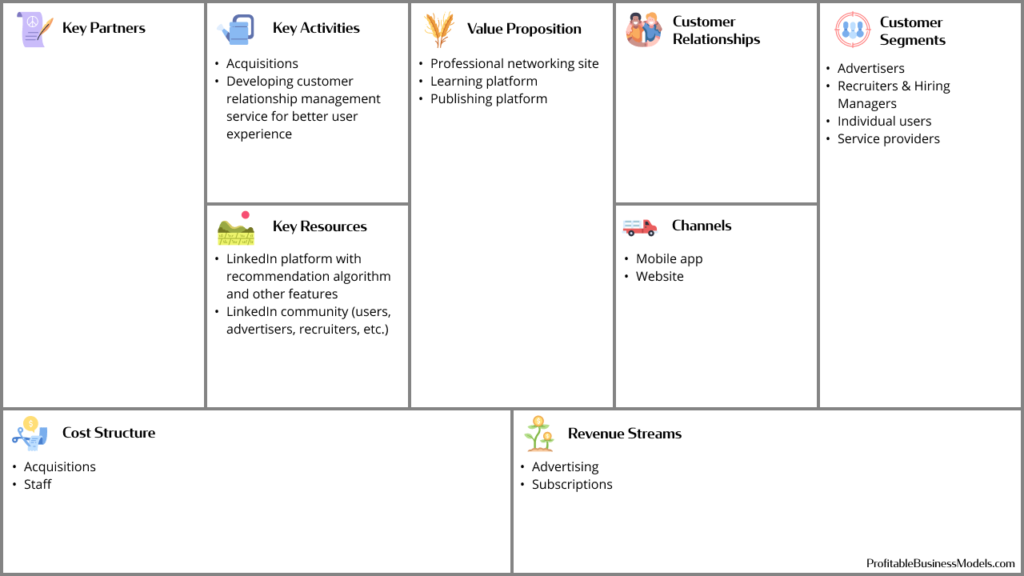
LinkedIn today
Microsoft acquired LinkedIn in 2016 for $26 billion, making it the largest acquisition in its history. This move would see LinkedIn integrating Microsoft’s premiere features (Microsoft Outlook and Office 365).
As of 2020, LinkedIn has over half a billion users and raked in over $8 billion in revenue. The platform has grown steadily with very little competition. In fact, the current new user rate stands at two new user accounts per second. That amounts to more than one million users joining each week.
Hoffman and his team were able to isolate a niche market for themselves in an industry that was not very welcoming initially. The fact that no other company has yet to overtake the dominance of LinkedIn in the professional networking site is evidence of how flawless and profitable the LinkedIn business model is. Only time will tell how long this dominance lasts.
Sources
- https://businessquant.com/microsoft-linkedin-revenue
- https://www.cnbc.com/2018/12/07/linkedin-founder-reid-hoffman-how-boardgames-taught-him-business-strategy.html
- https://resources.banknovo.com/get-inspired-by-linkedin-founder-reid-hoffmans-business-journey/
- https://www.businessinsider.com/where-are-linkedins-early-employees-now-2014-10?IR=T#ian-mcnish-from-network-guy-to-angel-investor-3
- https://thelinkedinman.com/history-linkedin/
- https://news.linkedin.com/2005/11/linkedin-launches-two-new-subscription-offerings
- https://books.google.co.za/books?id=GR2EAAAAQBAJ&pg=PA2003&redir_esc=y#v=onepage&q&f=false
- https://techcrunch.com/2010/08/04/linkedin-mspoke/
- https://techcrunch.com/2010/09/23/linkedin-choicevendor/
- https://techcrunch.com/2011/01/26/linkedin-buys-business-card-converter-cardmunch-will-offer-its-services-for-free/



